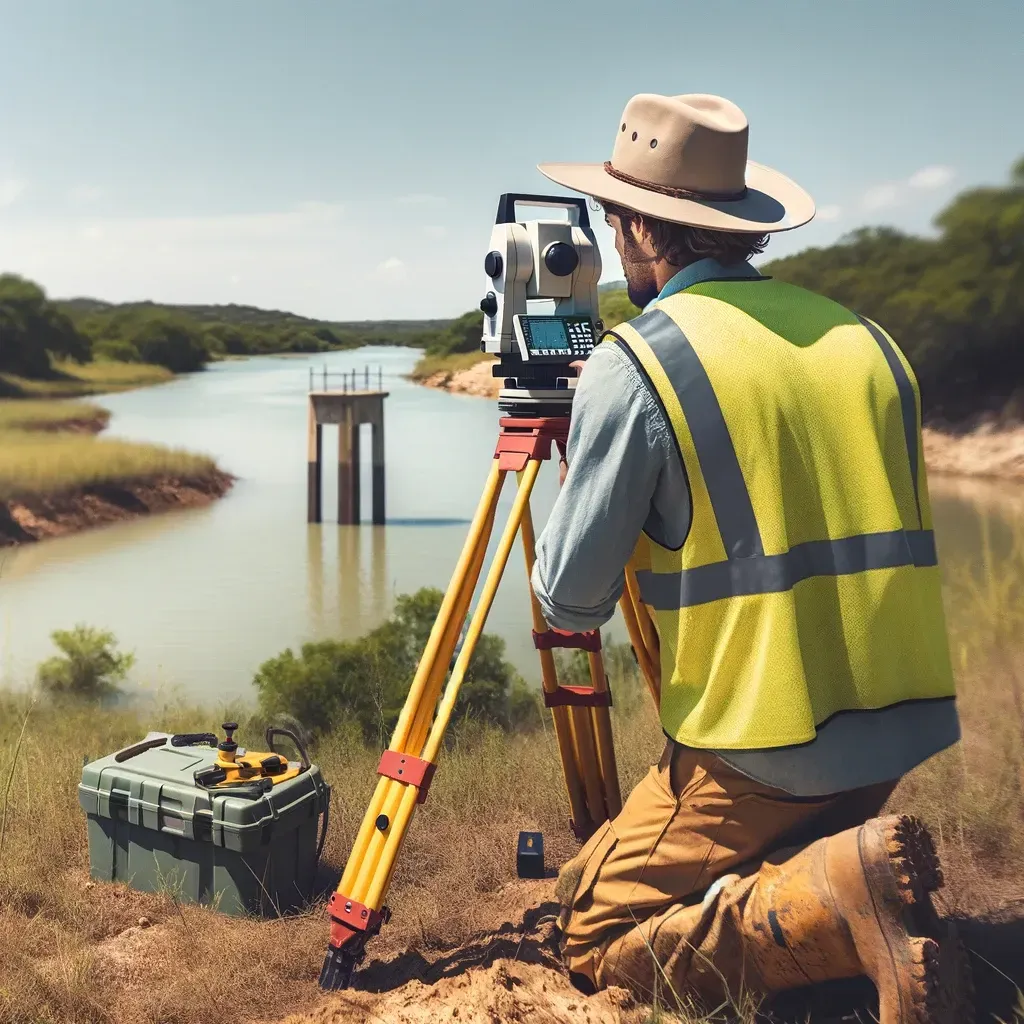
Sustainable and Environmental Benefits of Land Surveying
"Texas, often referred to as the Lone Star State, is a thriving hub for economic growth and innovation, making it an attractive destination for commercial real estate investment." - Chris Evans
Environmental and Sustainability Benefits of Modern Land Surveying
As Texas balances growth with sustainability, modern surveying plays a crucial role in protecting natural resources while supporting responsible development.
From wetlands preservation to flood mitigation, survey data ensures that commercial growth and environmental stewardship go hand in hand.
1. Mapping to Minimize Environmental Impact
Topographic and hydrological surveys identify natural drainage paths, wetlands, and elevation changes — allowing developers to design projects that work with the land, not against it.
2. Preventing Flood and Erosion Damage
Accurate elevation and floodplain data prevent runoff and soil erosion, protecting both properties and local ecosystems.
3. Supporting Green Infrastructure Projects
Surveying supports projects like retention ponds, bio-swales, and permeable pavements by providing the geospatial data engineers need for sustainable design.
4. Promoting Efficient Land Use
GIS-integrated surveying helps planners reduce overdevelopment and preserve open space, leading to smarter community design.
5. The Role of Drones and 3D Scanning
Modern technologies reduce fuel use, improve accuracy, and minimize repeat site visits — lowering environmental impact across the surveying process itself.
Texas is growing fast, but smart growth starts with data.
Modern land surveying empowers developers to build efficiently, protect natural habitats, and plan for a sustainable future.